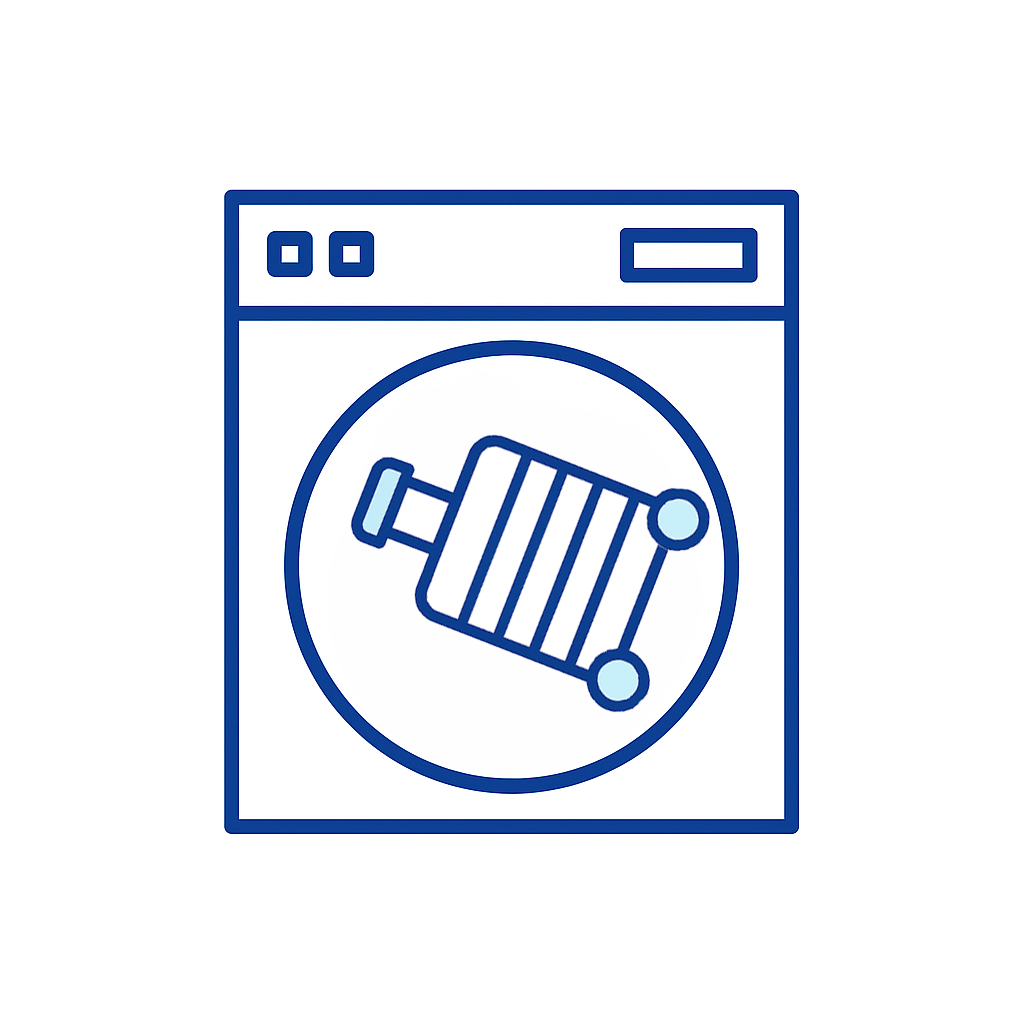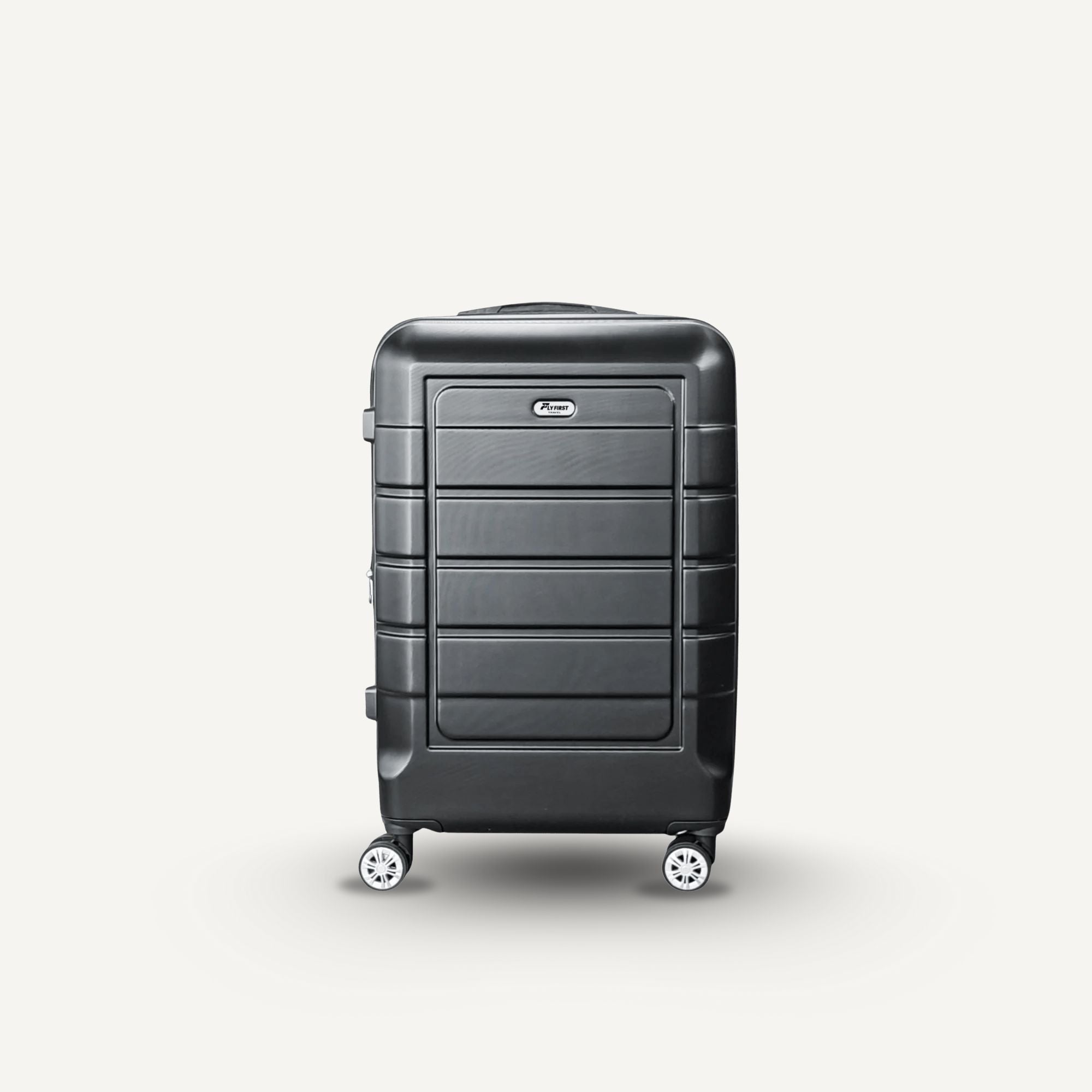Tough. Tested.
Traveller-Approved.
Before any suitcase earns the Fly First badge, it has to pass a series of brutal stress tests, drops, tumbles, pressure, and endurance runs — all so your luggage doesn’t quit mid-journey.
How We Test Every Case
Before production begins, every Fly First design goes through international-standard testing at QIMA and STC-certified labs. Each case, from carry-on to large, is subjected to:
Logo list





Running Test 16 km endurance run
Each suitcase rolls continuously for 16 kilometres at 4 km/h, half on two wheels and half on four, to simulate years of airport floors, sidewalks, and cobblestones.
Why it matters:
If it can survive 16 km in a lab, it can survive a lifetime of terminals.
Handle Pull Test — 300 to 500 lifts
Our handles are repeatedly lifted 300–500 times under load to prove they won’t loosen, crack, or warp, even after years of travel days.
Why it matters:
Because you’ll lift your suitcase thousands of times — it should never complain.
Tumble Test — 20 rotations of rough handling
After resting for an hour at room temperature, each suitcase is placed inside a rotating drum for 20 full cycles, recreating the harshest handling scenarios imaginable.
Why it matters:
Because travel isn’t gentle — but your luggage should still look like it just left the showroom.
Drop Test — 900 mm impact sequence
Each case is dropped from 900 mm repeatedly on every side — top, bottom, main handle up, and side handle up — to mimic the chaos of baggage belts and plane cargo holds.
Why it matters:
So even when your luggage takes a hit, what’s inside doesn’t.
Trolley Handle Test — 300 to 500 extensions
The trolley handle goes through hundreds of up-and-down cycles to ensure effortless glide, perfect alignment, and no loose locks — ever.
Why it matters:
The handle you trust every step of the way should never let you down.




